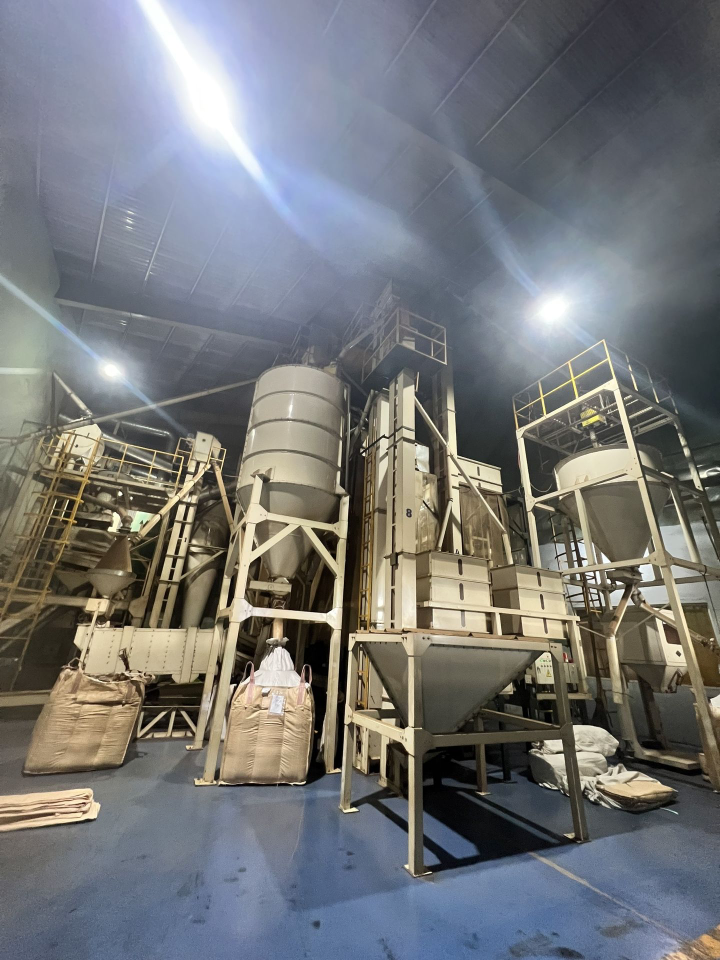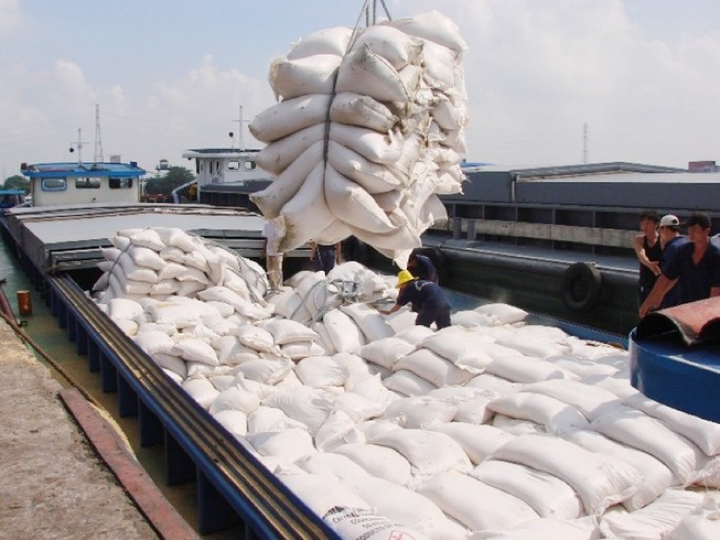To meet the demand for rice, estimated to reach over 42.2 million tons in 2023, Africa is projected to import approximately 17.7 million tons of rice. According to the Asian and African Market Division of the Ministry of Industry and Trade, in 2023, based on USDA forecasts, Africa’s rice production for the 2022/2023 crop year is expected to reach 24.3 million tons, a 1.7% increase compared to the 2021/2022 crop year. Specifically, North Africa is estimated to produce 3.6 million tons, a 23.7% increase, while the sub-Saharan African region is projected to produce 20.7 million tons, a 1.2% decrease. The USA also estimates that rice consumption and reserves across the entire African continent will exceed 42.2 million tons in 2023, representing an increase of over 570,000 tons compared to 2022. Within this, North Africa is expected to consume around 4.4 million tons (a 50,000-ton increase), while the sub-Saharan African region will consume approximately 37.5 million tons (a 300,000-ton increase).

Despite expanded rice cultivation areas in Africa over the years, post-harvest rice yields in countries across the continent remain low compared to global standards. Several factors contribute to this limitation, including low-quality rice varieties, limited innovation, unpredictable weather conditions, underdeveloped agricultural infrastructure, resource constraints, pests, and weak production, harvesting, processing, and storage practices. Overall, Africa’s rice production is forecasted to lag behind the growing demand for rice consumption due to population growth. Imported rice plays a crucial role in Africa’s food security, despite efforts towards self-sufficiency in many countries. To meet the demand of over 42.2 million tons in 2023, Africa plans to import around 17.7 million tons, representing a 4.5% reduction. The decline in imports is attributed to proactive stockpiling by several African nations since the second half of 2022, in response to potential food price increases resulting from the prolonged Russia-Ukraine conflict. In the upcoming period, the primary rice supply for Africa will continue to focus mainly on countries such as India, Pakistan, Thailand, and Vietnam. The main types of rice imported in this region include fragrant rice, white rice, and broken rice. According to information from the Ministry of Industry and Trade, Vietnam has exported rice to 54 African countries with a total volume exceeding 600,000 tons. Among these, the largest rice-importing markets include Ghana, Ivory Coast, Senegal, Mozambique, Cameroon, Gabon, Tanzania, and Egypt.

Consumer preferences for rice in the African market vary. Some countries like Ghana and Senegal prefer long-grain rice that doesn’t stick when cooked, while residents in other countries lean towards harder rice varieties.
To develop the African market, Vietnam is focusing on consolidating its market share for various types of rice, including white rice, long-grain rice, broken rice, hard rice, and fragrant rice. Simultaneously, efforts are being made to enhance competitiveness in terms of pricing, quality, and payment conditions for trade in these countries within the region.